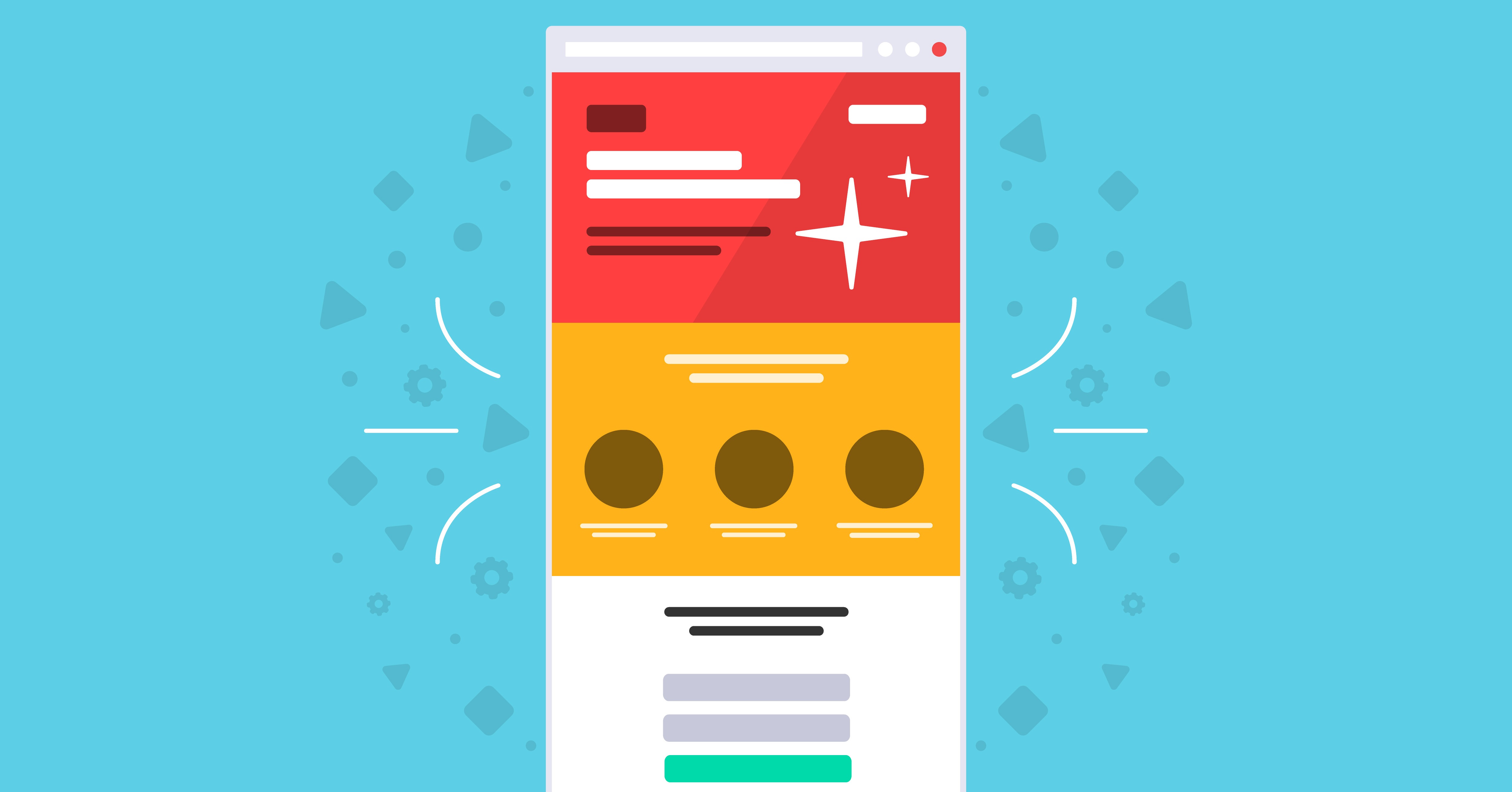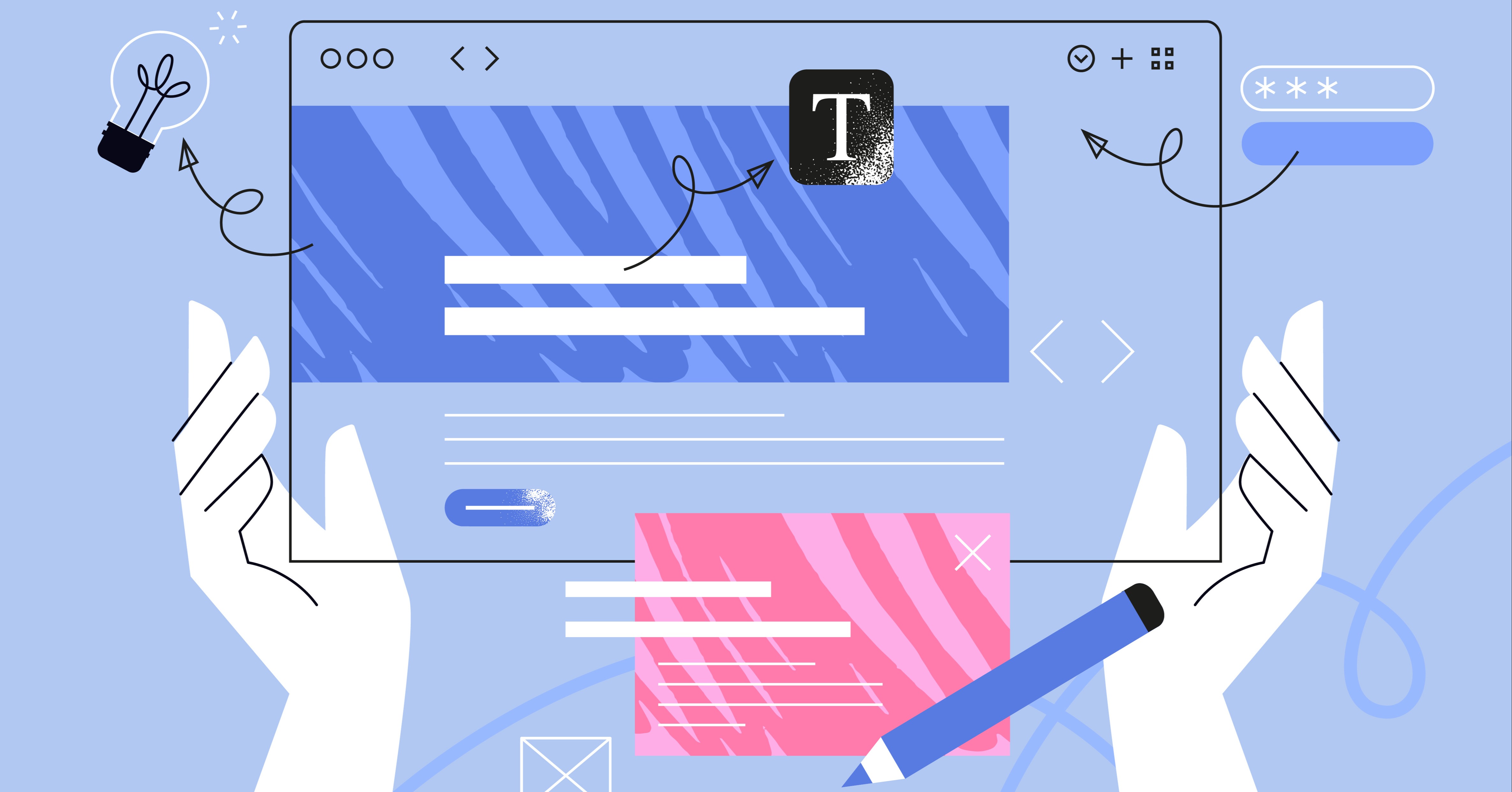
A lot of people are asking, what is a landing page? A landing page is a website your visitor lands on after clicking on a link or advert. It is created with the sole purpose of converting your visitors into leads. Landing pages collect these leads by directing visitors to targeted pages to meet their specific needs. There are many ways to create a landing page; we follow HubSpot landing page best practices.
Landing pages eliminate potential distractions by removing all the elements typically found on a website which encourage visitors to explore it. There are various types of landing pages to promote a range of actions, such as making a purchase, signing up, or registering, often in exchange for something of value, such as a white paper, newsletter, or even a discount code.
Why Do You Need a Landing Page?
Landing pages are a brilliant way to drive traffic and improve your SEO. They are free of diversions, such as competing links and navigation panes. Instead, landing pages focus on a single outcome. With the visitor's undivided attention, you can encourage them to take action. This action comes in many forms, but they are still defined as conversions and lead creation which build your customer base. If you follow HubSpot's best practice, landing pages typically have a lead form where your visitor’s information can be captured for future use as a new lead. Your growing repository of leads can be nurtured with marketing campaigns tailored to their needs.
What is Landing Page Best Practice?
Of course, there are ways to create landing pages to ensure the best outcome – your website generates as many leads as possible with as low a bounce rate as possible. Known collectively as best practice, or a set of best practices, these ‘rules’ have been proven to work. There are many best practices which you want to consider when designing your landing page; let’s go through them.
Write a headline that focuses on benefits. Your headline is the first thing your visitor will see, so make it clear, concise, and enticing. If the value of what you offer is unclear, they will bounce, and you will lose your opportunity to convert them into leads.
Use an image which illustrates your offer this will bolster your headline and resonate with your target audience. The image should also capture your visitor's positive emotions once they have converted and become a lead. Never underestimate the importance of a captivating image.
Irresistible copy will draw your visitor in even more. If your copy is too long, lacks clarity, and has no call to action, your visitor may not see a reason to remain on your landing page. Your copy is your chance to compel your visitor to complete the action, fill in the form, or buy the product. Use the words you and your in the copy to make it more engaging.
Position your lead form above the fold to make it more accessible and speed up the conversion process. Above the fold means the visitor doesn’t have to scroll to find the lead form; if they have to look for it, they will lose interest and not convert. Another even better option is to position the lead form to stay in position as your visitor scrolls down the page.
A call to action is essential because it tells your visitor what to do, encouraging conversion. The call to action needs to be clear and concise and stand out from the other visual elements on the landing page. You can draw attention to the call to action through contrasting colours, shapes, text, and other visual elements. Use precise verbs such as download, submit, apply, get it now, and contact us.
Offer your visitor something in return for completing the action in your call to action by filling in the lead form with their personal information. As mentioned above, these offers may come in the form of white papers, seminars, newsletters, voucher codes, or whatever is most relevant to your business. The offer must be something your visitor will find valuable.
Don’t ask for more than you need your visitor may not be familiar with your site or your brand, so giving you a lot of personal information would be a big ask. If they are at the beginning of the conversion journey, they may not trust you enough to part with their personal information just yet. If you ask for only a little bit of information, the visitor is more likely to give it to you willingly, and the barrier to entry is low. A name and an email address will be enough, to begin with.
Eliminate navigation and links to ensure your visitor remains on the landing page and completes the form. If there are too many other pages to look at, your visitor will become distracted and leave your landing page without converting to a lead.
Incorporate responsive design into your landing page, so it is easy to view on any device. Without responsive design, your form may fall out of view on mobile devices, and they won’t convert. There are various ways to create a responsive landing page; for example, Marketing Hub Starter allows you to use HubSpot’s drag-and-drop landing page editor.
Optimise your landing page for search using targeted keywords on the landing page. With these keywords in your copy, visitors can find your landing page using organic search and paid campaigns.
Always say thank you to your visitor. Once they have completed their form, give them a thank you message on the same page. The thank you page can serve a few purposes, such as offering a free download, serving additional relevant content, and subtly self-promote. Your customers will leave your page with a good feeling, which will encourage them to return to your website later on.
How to Structure a Landing Page
As with every element, the structure of a landing page will contribute to its success. HubSpot’s landing page best practice uses a structure based on studies which analyse how people absorb information, what prompts them to leave and what prompts them to stay and convert to a lead. There are five effective elements to a landing page structure which you can use creatively to leave a good impression of your brand.
- An attention-grabbing headline which is clear, legible, and enticing should be prioritised. This headline is the first thing your viewer should notice.
- A relevant image which speaks to your target audience; never skip this image because it reinforces your headline.
- Place your lead form above the fold, or make it stay in place while the visitor is free to scroll. The aim is to ensure visitors enter their information with as little effort as possible.
- A compelling call to action prompts the visitor to fill in the form.
- A concise body of copy to further describe your offer and prompt the visitor to complete the form.
Tips on Writing Landing Page Copy
Your landing page needs more than a good structure and design; the copy pulls it all together. Your words draw all the elements together to keep your viewer on the page. The copy must be personable, instructive, clear, and to the point. Here are some tips on how to write excellent landing page copy.
Get to The Point
It's important to cover several points in your copy while keeping it short. Each of these points will speak to the viewer's needs to keep them on the page and persuade them to fill in the form.
- The pain point – this is the problem that you are going to solve. By discussing this problem, you are showing your viewer empathy and building trust. If they see that you know what they need, they are more likely to trust you to solve their problem.
- The solution – this addresses the viewer's pain point. This solution is what you offer in exchange for their information.
- The features of your solution – knowing more about your proposed solution will help convince the viewer to fill in the form. They need to know how it will solve their problem and what they can expect so that they can make an informed decision.
- The benefits of your solution – your solution must offer additional benefits to improve their situation. Benefits are about more than solving their problems; it’s what they get as a result of their problems being solved by you.
- Proof that your solution works – the best evidence comes in the form of reviews, testimonials, and logos of the brands you’ve worked with. This information confirms that their clientele is happy and has benefitted from your service, product, or offering.
Anticipate Challenges
While you’re writing your copy, consider the nay-sayers. What might their objections be, and how can you address their potential criticisms of your offering? You can reinforce your counterarguments with social proof – reviews and testimonials.
Build Trust
To build trust, you need to speak with authority. Rather than ‘we might be able to help you’, say ‘we can help you’. You can cite statistics and refer to case studies. You must speak authoritatively while being personable in relating to their struggles.
Incorporate Click Triggers into Your Copy
Click triggers are placed next to your call to action to eliminate any doubts the viewer may have. Click triggers are persuasive and offer a way to mitigate risk for the viewer. You may say things such as easy unsubscribe, money-back guarantee, and privacy policy; you may even quote a happy customer.
Test Your Landing Page
Also known as A/B testing, this method divides your traffic between various versions of your landing page to ascertain which is more successful. You can rotate your pages to run this test or use software to test all the pages and track your results. This method of A/B testing landing pages is more efficient.
Having a better idea of HubSpot’s landing page best practice is a great way to get started and generate leads. If you need additional help implementing these HubSpot landing page best practices, contact fileroom growth agency today.



.png)






